ט׳ אלול ה׳תשע״ט | September 9, 2019
Chicken Without a … Heart!?
“This chicken did not have a heart, is it kosher?” the young girl asked. Read the fascinating story of a heartless chicken and the halachik debate that pursued it.
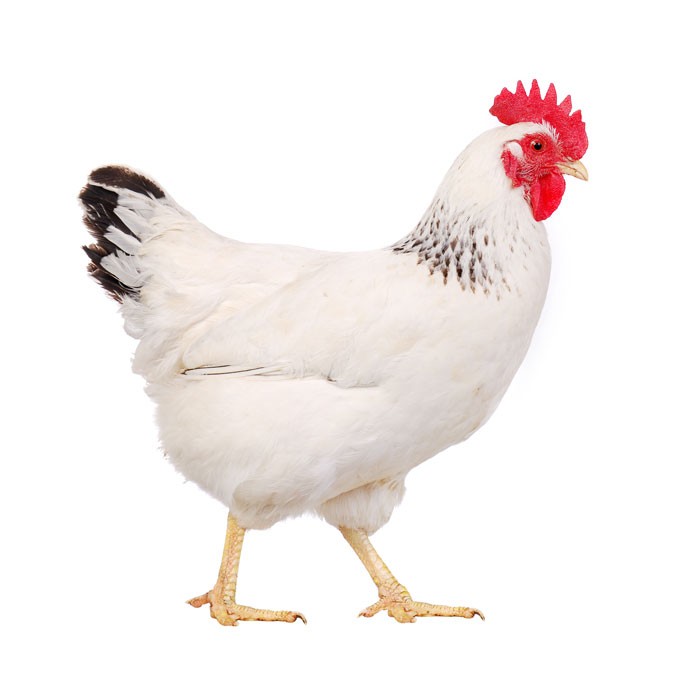
By Yossi Kwadrat Kankanjournal.com (Reprinted with Permission)
The Poskim Debate a Strange Sight
“This chicken did not have a heart, is it kosher?,” the young girl asked. “Our Rebbe, the Chacham Tzvi, is not here right now but be prepared for a ruling that it is treife,” his students replied.
The Heart is Missing!
In earlier times in history, when people wanted to eat chicken they were not able to just walk in to the local butcher or supermarket and take one out of the fridge, as we do now. Rather, there was a lengthy process: First, they would go into their chicken coop, pick one out, and take it to the local shochet who would slaughter it for them. They would go outside and flick off the feathers (which they would use to stuff quilts and pillows) and then proceed to open up the chicken.
They would examine the innards for any irregularities, and if something looked amiss, they would proceed to the local rav to ask a she’eilah. If it was treif, the rav would write a letter to the shochet instructing him not to charge for the next shechita, since the family had already incurred a loss. Once it was clear the bird was kosher, they would soak and salt the chicken to prepare it for cooking.
In the spring of 1709, in the German city of Altona, a mother sent her daughter with a chicken to the shochet to have it shechted. Upon returning home with the slaughtered fowl, the girl opened the chicken to examine the innards, while at her feet sat a hungry cat, eagerly waiting to devour each of the internal organs as the girl threw them to the ground. As the girl checked each organ, she threw it down. But suddenly, she realized that she had never removed the heart –because there was none!

Mother and daughter proceeded directly to the Klauss – Beis Medrash where the famed Chacham Tzvi, the city’s rav, and his disciples were deep in Torah study. The rav was not present just then, but his students were and they all took it to be a very clear-cut case. The Shulchan Aruch states, after all, “If the heart was taken either by hand or sickness it is treif.” But since they were not authorized to issue a ruling, they told the mother and daughter to wait for the rav to arrive. To their surprise, when the Chacham Tzvi arrived, he began by examining the chicken, and then asked the pair a number of questions: “Where does this chicken come from?” “From our pen,” answered the mother. “Was it sick before you took it to the shochet? “No,” they replied,”it was jumping around with all of the other chickens.””How can it be that there is no heart?, he asked. “I really don’t know,” the mother replied. “My daughter opened the chicken and exclaimed, ‘There’s no heart!’ I told her that she probably dropped it together with the spleen and the cat ate it, but she insisted that she did not throw the heart away.”
The Chacham Tzvi remembered a story that had happened at his house a number of years earlier. The Rebbetzin had a helper in their kitchen, who was an expert due to her many years of kashering chickens. One day, after cutting open a chicken, the helper exclaimed, “Look, there is no heart!” The Rebbetzin instructed her to thoroughly examine the floor and she found it on the floor. Thus, the Chacham Tzvi reasoned, if an expert could mistakenly believe there was no heart, then surely a young, inexperienced girl could err in thinking there was no heart in this chicken. Turning to the mother and daughter, the Chacham Tzvi declared their chicken kosher.
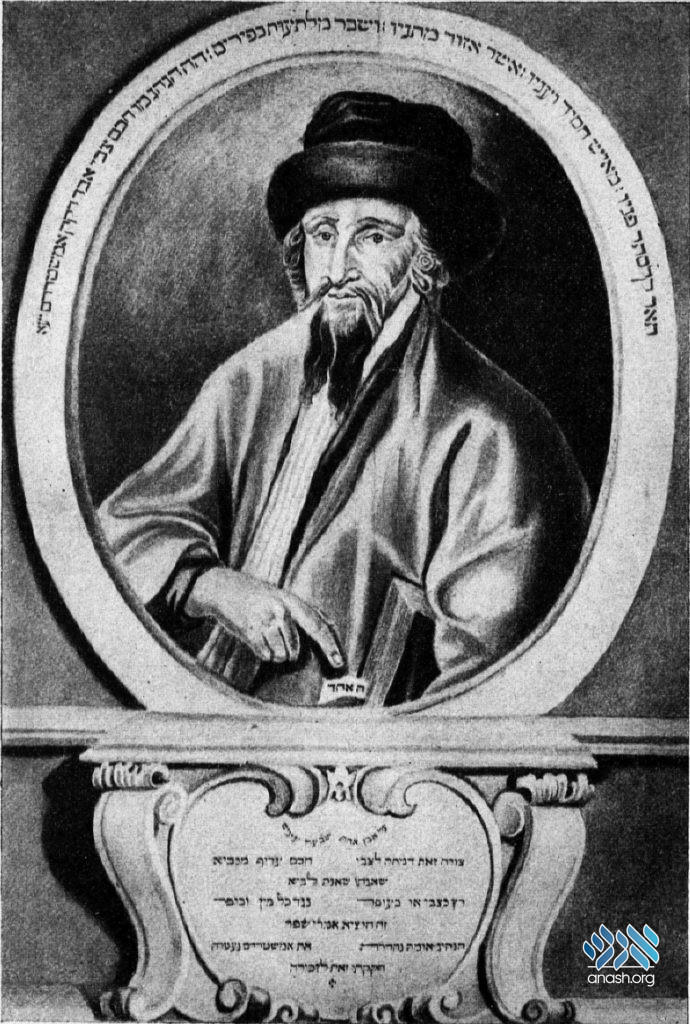
The Reason Behind the Ruling
Then, turning his attention to his students, the Chacham Tzvi explained why the ruling of the Shulchan Aruch they had cited regarding a missing heart did not pertain to the case before them. Since every living creature requires a heart to exist, the Shulchan Aruch’s ruling must refer to one of two circumstances: Either in a case where the heart disintegrated due to a sickness, or as a result of someone physically removing the heart. Thus, the Chacham Tzvi explained, “After examining the chicken and seeing that all of the organs around the heart were healthy, and hearing that it had been jumping around with all of the other chickens, its heart obviously did not disintegrate due to sickness. We also know that no one removed the heart — therefore it must have fallen to the floor without the girl noticing, and thus, it is kosher.”
At that time, there were a number of people who were extremely bothered by the Chacham Tzvi’s success as rav of Altona and were always looking for the opportunity to harm him. Following his ruling on the chicken, these individuals raised a great outcry, claiming the Rav had just permitted a treife chicken. Seeking to quiet the great commotion that had ensued from his ruling, the Chacham Tzvi sat down to write a teshuva (responsum) explaining his position. He began by noting that his ruling was a matter of common sense that required no proof , but he nevertheless set out to explain the ruling given.
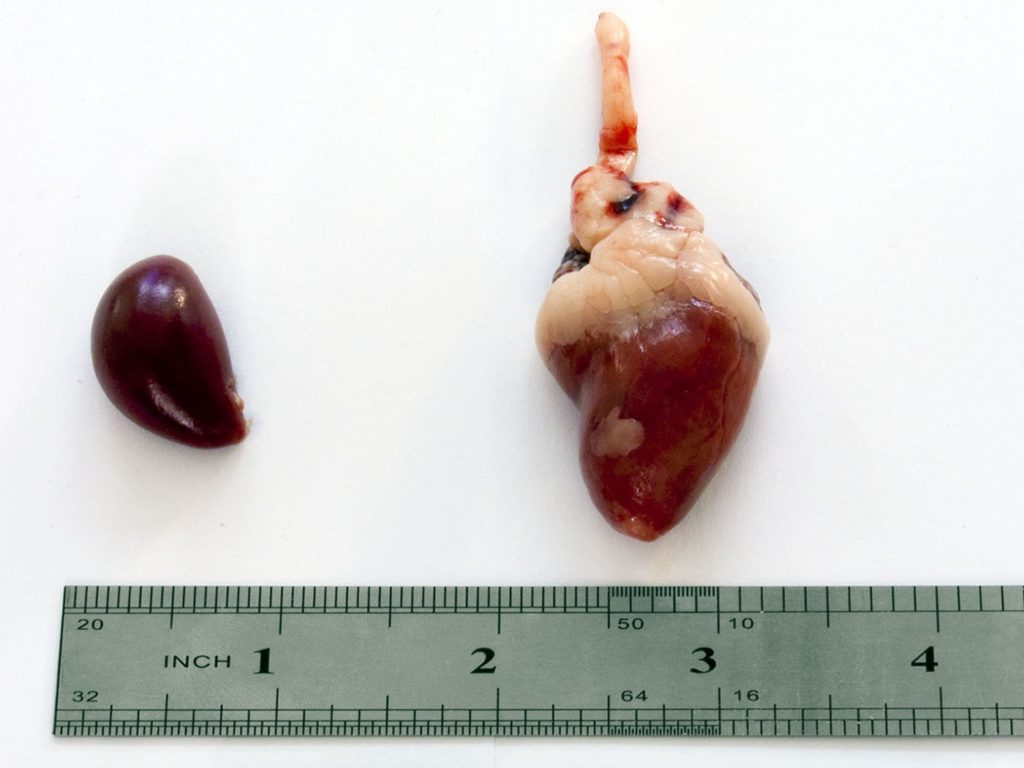
The First Proof
For his first proof, the Chacham Tzvi begins by citing the Gemara which explains that by definition, a treifah is an animal that cannot live for twelve months due to an illness or defect. The Rambam who enumerates seventy examples of treifos, with number five on the list being a punctured heart and number six a punctured esophagus. He makes no mention, however, of a missing heart. The Kesef Mishna explains that the Rambam did not mention any missing organs without which it is impossible to live even for a short period of time, such as the heart. Therefore, concludes the Chacham Tzvi, the chicken must have had a heart, which must have fallen from the table to the floor without the girl noticing.
The Second Proof
For his second proof, the Chacham Tzvi cites a Zohar Hakadosh in which Rav Abba recounts a story that happened to Rabi Elazar, the son of R’ Shimon Bar Yochai. A non-Jew approached Rabi Elazar and mockingly asked three questions.
1. How can you claim that a third Beis Hamikdash will yet be built when there is no mention in the Torah of such thing?
2. You Jews claim to be close to Hashem, but I have proof that this is false. In a kingdom, those closest to the king live a wealthy and comfortable, care-free life. Yet you Jews constantly live in fear and pain. Evidently, then, we non-Jews are the ones closest to Hashem, while you Jews are not!
3. You Jews don’t eat treifos and other non-kosher foods in order to be healthy. However, we non-Jews, who are able to eat whatever comes our way, are much healthier and stronger than you! This must be because Hashem hates you and loves us.
The man concluded by saying derisively, “Old man, don’t even try answering any of the questions as I will not even accept a response.” Rabi Elazar was shaken after hearing the tirade of this man and gave him a look, and at that, the man fell dead on the spot.
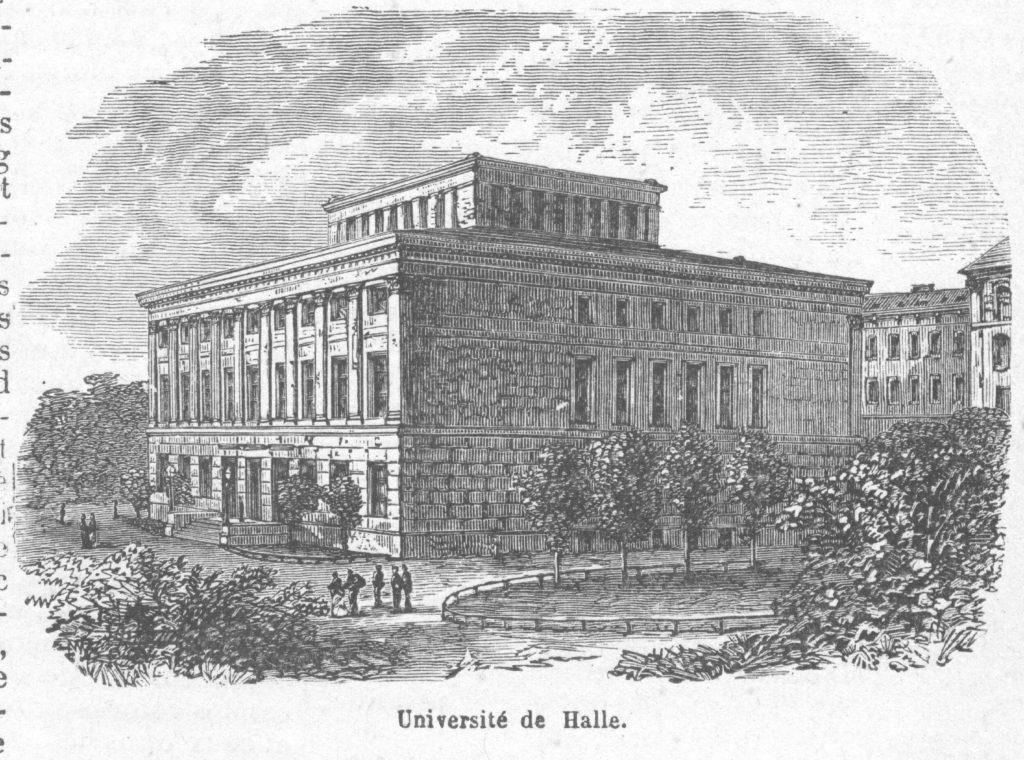
A little while later, Rabi Elazar met Eliyahu Hanavi and asked him the three questions posed by the non-Jew. Eliyahu Hanavi replied that these questions had been posed to the Ribbono Shel Olam in Heaven and that He had answered as follows:
1. When the Jews left Egypt, Hashem had a Beis Hamikdash ready to descend to Earth, Unfortunately, however, the Jews’ sins of the Golden Calf and the Meraglim caused that Beis Hamikdash to remain in Heaven and necessitated another one to be built by human beings. In the times of Ezra, the Heavenly Beis Hamikdash was once again ready to be sent down, but the Jewish people’s sins again did not allow for that and once again it had to be man-made. The Beis Hamikdash of which the Torah speaks is the one still in Heaven that has yet to come down, and eventually it will, and be built in fire together with the city of Yerushalayim.
2. Hashem created the Jews as the heart of all the nations, and just as no living being can survive for even a moment without a heart, so too the nations cannot exist even momentarily without the Jews. And just as the heart is soft and fragile, yet provides the life sustenance to all of the stronger limbs, so too the Jews, despite being weak and easily harmed, make possible the existence of all the other nations.
3. Since the Jews are the heart of all of the nations, therefore, they have a restricted diet due to their great fragility.
In his responsum, the Chacham Tzvi cited this Zohar as proof that it is impossible for any creature to live even briefly without a heart.
The Chacham Tzvi concludes that the heart must have fallen to the floor where it was devoured quickly by the waiting cat. The fact that the girl claimed there was no heart was not an issue, he wrote, since she has no legal reliability , which he proved based on various halachic sources.
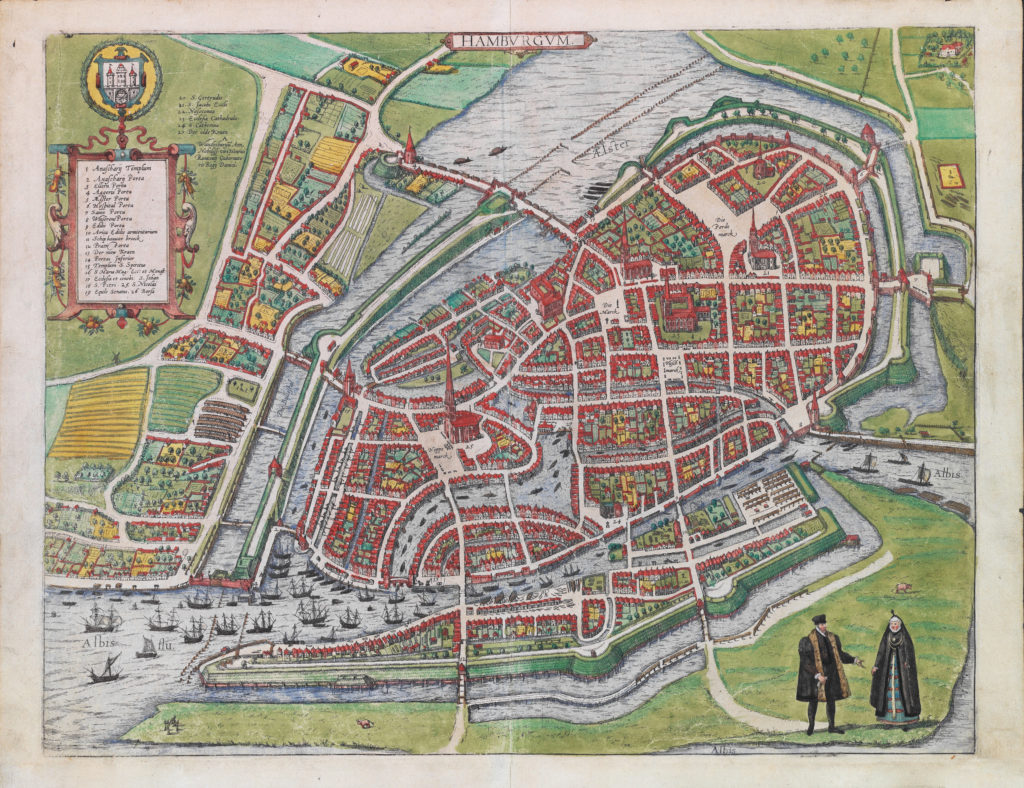
Rav Moshe Rottenberg’s Ruling
As noted in a previous issue of KanKan (1), the Chacham Tzvi shared the rabbinic duties of Altona with Rav Moshe Rottenberg. Upon hearing the ruling of the Chacham Tzvi, Rav Moshe wrote a responsum in which he ruled that the chicken was treife. It is evident from his teshuva that he had not seen the responsum written by the Chacham Tzvi , since he begins by writing, “I was told that a Chacham permitted the chicken, and the individual could not repeat on what grounds. He only knew that he brought proof from the Zohar and the Kesef Mishna.” Rav Moshe argued that it definitely is possible that the chicken ate something that caused its heart to disintegrate exactly at the time of shechita.”
Rav Dovid Oppenheimer’s Opinion
The rov of Prague, R’ Dovid Oppenheimer, responded to the teshuva of the Chacham Tzvi, arguing with the latter’s understanding of the Zohar. He held that the Zohar is only talking about the human heart and not that of an animal.
He then quotes the Sha’ar Hashamayim who discusses a disagreement between the two philosophers, Aristotle and Galen of Pergamon, over whether the “command center” of every living being is located in the brain or the heart. Galen sought to prove that the brain is the command center by taking a live monkey and cutting out the heart, whereupon it continued to move about for another twelve hours. Rav Dovid concludes that it is possible to live without a heart. He also says that we have to consider that it was by a miracle (ma’aseh nissim) that this chicken managed to jump around without a heart. Thus, he ruled, the chicken was treife. The Panim Meiros also argued with the Chacham Tzvi, ruling the chicken treife.

The Chacham Tzvi Responds
Two years later, after the Chacham Tzvi had moved on to become the rav of Amsterdam, he responded to Rav Dovid Oppenheimer. He argued that there is no need to consider the possibility of ma’aseh nissim having occurred, and that if witnesses were to report that something happened against the norm of nature, they would be considered liars.
He also rebutted Rav Dovid’s proof from Galen, with the counter-proof offered by Aristotle that the heart is the body’s command center. The Chacham Tzvi then cites a Gemara which asks regarding someone who is found dead, with his head separated from his body, whether he is buried based on the location of the head or body. Rabi Akiva is of the opinion that burial should take place where the body was found, since “the head was found where it fell and the body ran further.” The Chacham Tzvi concludes that the reason the body in all of these cases (missing heart and head) can move is that it is “mefarches,” i.e., it moves due to spasms, and since the Halacha states that one may eat an animal that is “mefarches,” which is not considered “aiver min hachay” (limb of a living animal), that is proof that without a heart one is considered dead.
The Smichas Chachamim’s Opinion
The Smichas Chachamim wrote a responsum backing the ruling of the Chacham Tzvi In which he relates that he had a similar case brought to him and had ruled the chicken kosher for the very same reason. However, after seeing the halachic controversy this case had provoked, with some permitting and others prohibiting, he decided to present his ruling to his dayanim, Rav Volf Levi and Rav Zussman Dayan. He writes that he had never before done so, but in this particular case, he wanted to understand how someone could prohibit the chicken.
Rav Volf Levi told the Smichas Chachamim that he had a very old Shulchan Aruch with notes someone had written in the margin, and he recalled that one of these notations addressed this case and permitted the chicken. The Smichas Chachamim asked him to bring the Shulchan Aruch for him to look at, and upon opening the Shulchan Aruch, they found the following words in the margin: “There was once a case before the Maharal of Prague in which they could not locate the heart of a chicken. The Maharal permitted the chicken on the grounds that it is impossible for a living being to live for even a moment without a heart and it obviously must have fallen and gotten lost after the shechita.” The Smichas Chachamim writes “the whole house was filled with light” and he delighted in the fact that he arrived at the same conclusion as his holy grandfather, the Maharal.
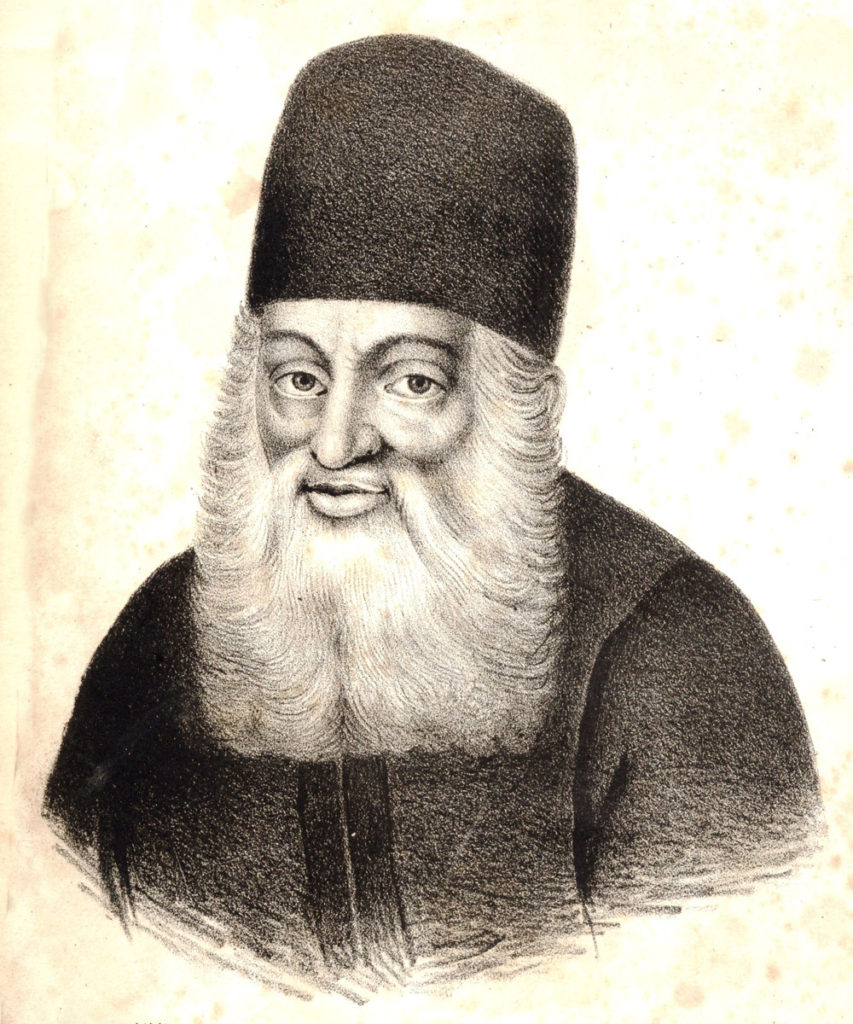
Rav Yonasan Eibishitz Weighs In
Rav Yonasan Eibishitz, in his sefer Kreisi Uplaisi, argues with the Chacham Tzvi and prohibits the chicken. Rav Yonasan asked his friend Rav Henoch Halle to inquire of the doctors and professors at the University of Halle as to whether it is possible to live without a heart. The response arrived stating that it is possible to live without a heart so long as there is another organ pumping blood (In the margins of the Kreisi Uplaisi belonging to R’ Yakov Emden, located In the British Museum, he criticizes Rav Yonasan for arguing with his father, the Chacham Tzvi in this case). It would seem that the Chacham Tzvi did not find any such body part in the chicken.
Thank you! What a clear article on a complicated topic!
Great article! Thank you!